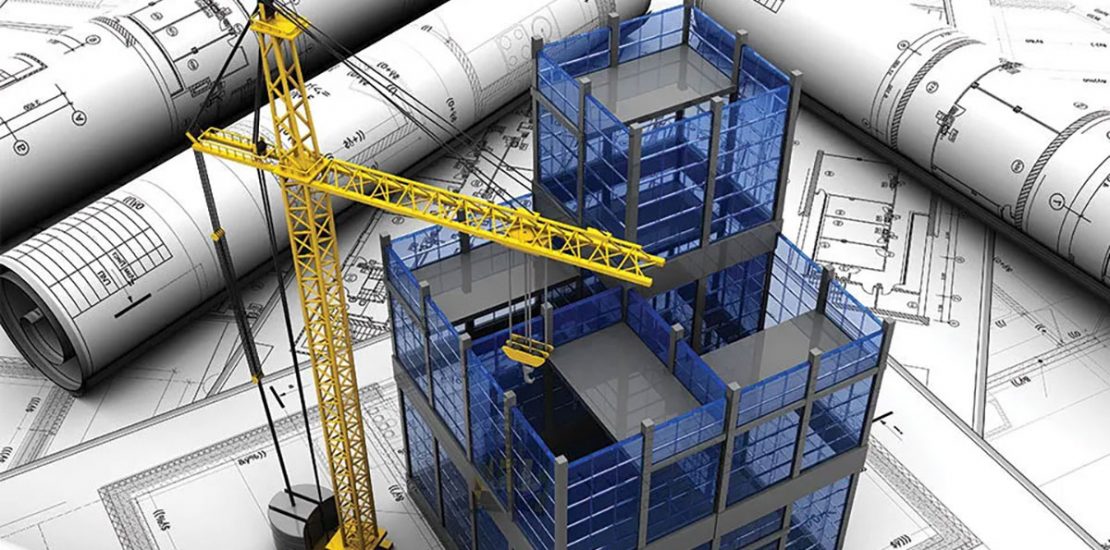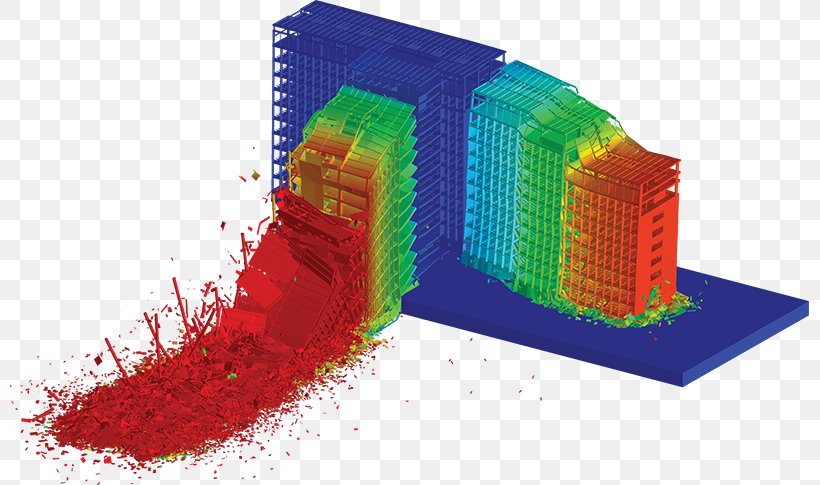Why is Civil Structural Assessment Important?
- September 29, 2022
- Posted by: Velosi Author
- Categories: Civil, Engineering, Insights

Why is Civil Structural Assessment Important?
Structural Assessment is an essential component of civil engineering. A structure can be put into different definitions describing how it is interconnected and made strong plus firm for various purposes. Whether the structure is utilized to support minimum or maximum load. Structure as a whole can be of different types depending upon its material composition and use. It’s important to thoroughly study the structure beforehand to perform a structural assessment and prevent potentially dangerous accidents.
Structural Damage
There can be several causes of structural deformation. These damages weaken the strength and durability of any structure. However, an environmental disastrous situation is an important factor that can cause defects in the structure, creating a higher risk of a collapsing situation. To reduce disproportionate collapses under unforeseen or accidental loads, all structures and buildings need scheduled inspections to ensure structural safety, strength, stability, and durability.
Civil Structural Assessment
Structural Assessment is a systematic technique for identifying the load effect on any structure. Moreover, we all are aware that every structure is bearing some sort of load. Whether it be beams, joists, load-bearing walls, bridges, highways, towers, buildings, or any other sort of structure. To put it into easier words, structural analysis is a technique performed to evaluate the integrity of structural conditions.
Every building structure or infrastructure shall go under regular inspections to ensure structural integrity. Structural strength and durability are very critical. Therefore, structural strength needs to be assessed and inspected to prevent future potential mishaps that can lead to severe damage.
The following are basic steps to conduct a structural assessment:
- Identify different defects within a structure. Look for physical defects visible.
- Conduct an extensive evaluation to investigate the defects and analyze them properly.
- Conclude the cause of effects, cause of failure, distress, or deterioration of the building.
- Ensure whether the building is structurally safe and sound or not.
- Execute a detailed report with suggestions and recommendations after the evaluation is complete. The report should conclude all essential components of the structural assessment carried out.
Civil Structural Assessment Process
A civil structural assessment process determines the current and future condition of a building or other structure. The engineer will examine the building’s current structural stability, identify any issues with the structure, and recommend any necessary repairs.
The process of a civil structural assessment generally takes between 45 to 60 days from start to finish. The time it takes for an assessment largely depends on how complex the assessment is, how much work needs to be done on-site, and whether or not there are any hazardous materials present. This process shall be conducted very carefully.
It is crucial to analyze the old structures for structural integrity. This process assists to understand the comprehensive evaluation of damage to any structure and what type of modifications will be further required.
We thoroughly are committed to serving with the best Structural Integrity Services / Structural Assessment Process, focusing on 5 different steps for structural stability investigation.
- As-Built Drawings Preparation
A-Built Drawings are known as Architectural & Structural drawings. They are important documents for the purpose of extending and modifying the structures vertically as well as for future projects.
- Detailed Visual Inspection
It is important to note that visual inspection is mainly one of the first phases in the evaluation of a concrete structure and is one of the most versatile and powerful NDT techniques. A detailed visual inspection involves a thorough grasp of structural engineering, concrete materials, and building techniques.
- Advanced Non-Destructive Testing
We use advanced nondestructive testing inspection methods that utilize the latest equipment and technology to provide quick, precise, and detailed asset integrity data. Compared to traditional methods, ANDT can detect a greater number of flaws.
- Destructive Testing
Destructive Testing is frequently carried out on low-value, high-volume components. Through Velosi’s destructive testing services, we recreate the settings and test newly manufactured component specimens until they fail mechanically, ensuring that once in service they will operate safely. The Destructive Testing procedure is performed with 2 methods:
- Laboratory Testing
- Geotechnical Investigation
- Structure Modelling & Analysis
Analyzes the impact of external emphasis on static structures such as construction components, machine components, and others. Experts at Velosi provide structural modeling and analysis to ensure that modules meet the requirements for fatigue safety.
Specific Civil Standards
Velosi provides extensive Structural Integrity Services, complying with specific standards such as:
- ACI-318
- ASCE 41
- ASCE 7-16
- AISC
- UBC-97
- ASTM
- ACI 201.1R-08
- ACI 562
- ACI 547
- Building Seismic Code of Pakistan (BCP-2007)
Conclusion
To conclude, Civil Structural Assessment aims to identify the structural condition of a building, keeping in mind several critical factors. Moreover, this process is necessary for your structure’s safety and security.
Velosi Integrity & Safety Pakistan (VISP) offers a wide range of civil services having advanced in-house NDT equipment and professional engineering expertise to help overcome different types of challenges by assisting in the construction of buildings and infrastructures with modifications to existing structures ensuring the safety of your building assets.
Please contact us for more information and assistance.
1 Comment
Comments are closed.





More information (standards, certificates, training) on : Diagnosis of the integrity of civil structures in the petrochemical and oil/gaz sector.